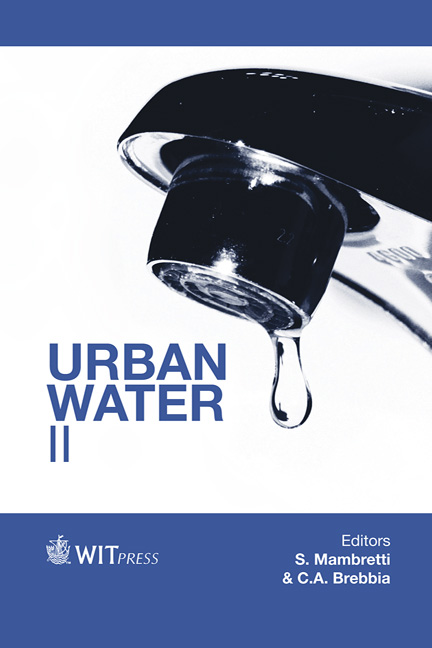Secondary Contamination In Polish Drinking Water
Price
Free (open access)
Transaction
Volume
139
Pages
12
Published
2014
Size
405 kb
Paper DOI
10.2495/UW140021
Copyright
WIT Press
Author(s)
J. Chudzicki, M. Kwietniewski, M. Iwanek & P. Suchorab
Abstract
One of main problems that exploiting water supply network companies have to deal with is a secondary contamination of water transported by a distribution system. That problem has escalated after the political system transformation in 1989, which turned out to be typical for Central and East Europe countries. In this paper, selected causes and the scale of this phenomenon is shown. Attention was paid to the evolutionary changes which have occurred in water supply networks through last 20 years. At first, oversizing of water supplied networks was assumed as the main reason of the recontamination, as a result of an essential decrease of industrial and individual customer’s water demand. Gradually, other factors were noticed, such as a dynamic increase of exploited water supply pipe’s length and material’s influence. As additional factors, the authors also acknowledge results of actions taken in order to raise water supply enterprises efficiency – especially with connecting small, local networks into group systems. Presented considerations and analysis were based on an available domestic literature and survey research undertaken in Polish water supply companies in the years 2010–2012. The authors also present exemplary results of their own research, realized in selected water supply systems of different sizes. This research illustrate an influence of the pipes’ material (PVC and PE), but also the unwelcome effects of connecting local water supply networks into one group system. Keywords: water supply, water quality, quality deterioration.
Keywords
water supply, water quality, quality deterioration.





